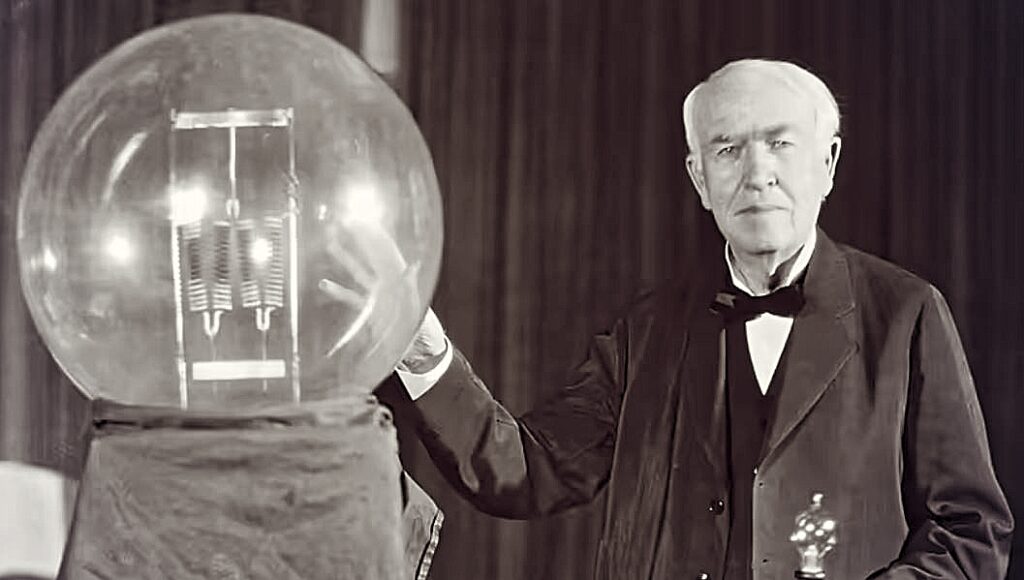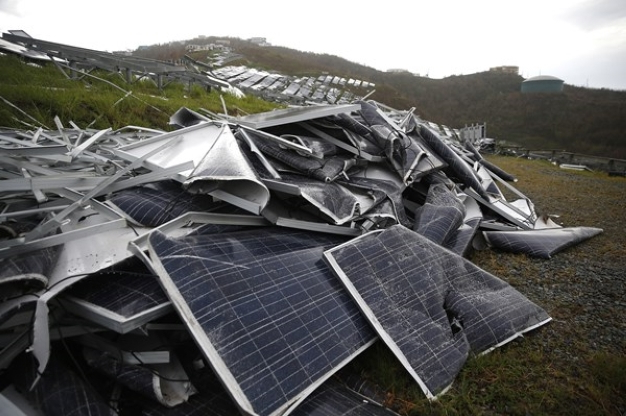Light bulb jokes were popular for years as a way to poke fun at stereotypes. I remember an old one during the Reagan years, about how many Republicans it took to change a light bulb. It took one to screw in the bulb, one to steady the chandelier, one to claim the bulb wasn’t truly needed, and one to reminisce about the old bulb.
A number of pundits are reminiscing this month about old light bulbs, because the Biden Administration announced it is finalizing the federal ban on incandescent bulbs. The breakthrough invention of Thomas Edison that brought civilization out of the whale oil age and transformed the lives of billions – the light bulb that became the iconic image to illustrate a good idea – is now considered one of many everyday conveniences that are destroying the planet. Some commentators express outrage that the government would dictate such ordinary consumer products, but that ship sailed 13 years ago, in 2010.

That’s when the federal government announced that the sale or import of incandescent light bulbs would be banned, effective in 2014. Congressional Republicans thrice made half-hearted efforts to repeal the ban by tacking riders onto spending bills, including one at the end of 2014. Those riders never repealed the ban, but simply stopped the Department of Energy (DOE) from enforcing the restriction on sales, until the next spending bill. But most stores had to quit selling regular bulbs anyway because manufacturers quit making them. General Electric (GE) was the dominant manufacturer at the time, but closed its last incandescent bulb factory, laying off thousands of workers in West Virginia.
GE became the government’s partner in the move to ban incandescent light bulbs because the newer technology was much more expensive, and thus more profitable. Sylvania, Philips, and other manufacturers followed GE’s lead and the ban became reality, DOE’s suspended enforcement authority notwithstanding.
It is worth noting that the “new technology” at the time was different than today. In 2010 the move was toward compact fluorescent lights (CFLs), the little spiral-shaped bulbs that are rarely seen today. That’s because the government could never figure out what to do with the bulbs when they burned out (besides reminiscing). Incandescent bulbs could simply be thrown away, but not the CFL bulbs. The government said they had to be recycled carefully because they contained mercury. In fact, everyone made fun of the government’s official advice about what to do if a CFL accidentally broke: everyone must immediately leave the house by some alternate route, turn off all heating and air conditioning, air out the house for at least 15 minutes, then clean up the glass and put it in a sealed container (they suggested mason jars). People were advised to throw away any clothing or bedding that may have touched any of the broken glass, and to open windows and shut off all ventilation “the next several times you vacuum.”
Needless to say, the CFL bulbs were never accepted by consumers, and became largely obsolete with the development of today’s light-emitting diode (LED) bulbs. A legal brief filed by the Competitive Enterprise Institute, Institute for Energy Research, and a dozen other groups reported, “While LEDs are more efficient and generally longer-lasting… they currently cost more than incandescent bulbs and are inferior for certain functions such as dimming.” No matter, incandescent bulbs are gone from store shelves, except a few specialty bulbs like candelabra and Christmas lights.
Perhaps it is no coincidence that Biden’s DOE officials began their tirade against household appliances and light bulbs at Christmastime. With this recent announcement, empowered because Congress stopped adding the annual rider to appropriation bills, light bulbs now join gas stoves, ovens, washing machines, dishwashers, refrigerators, furnaces, and air conditioners on the targeted list of household appliances that must be manufactured under federal supervision. The new rule targets not only the last remaining incandescent bulbs, but also the remaining fluorescent bulbs, including the long tube kind that light stores and shops throughout the world.
It is difficult to estimate the financial impact of banning affordable lighting. Economist Steve Moore writes that fewer than half of American households currently report using mostly or exclusively LEDs. Only 39 percent of households with an income of $20,000 or less use LEDs. They are expensive, so millions of people are still using light bulbs sold more than a decade ago. As those burn out, lighting costs will increase.
Funny how every time the government regulates anything, the price goes up. That ought to shine a bright light on the cost of overregulation.
See more from Greg Walcher by clicking HERE
Subscribe to RANGE magazine
Call 1-800-RANGE-4-U





